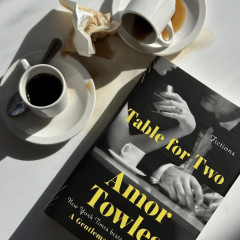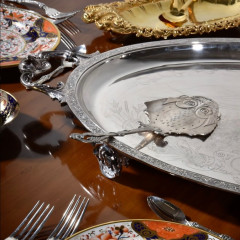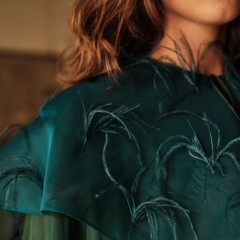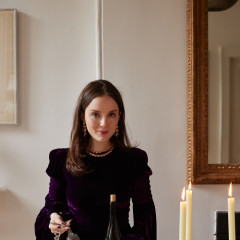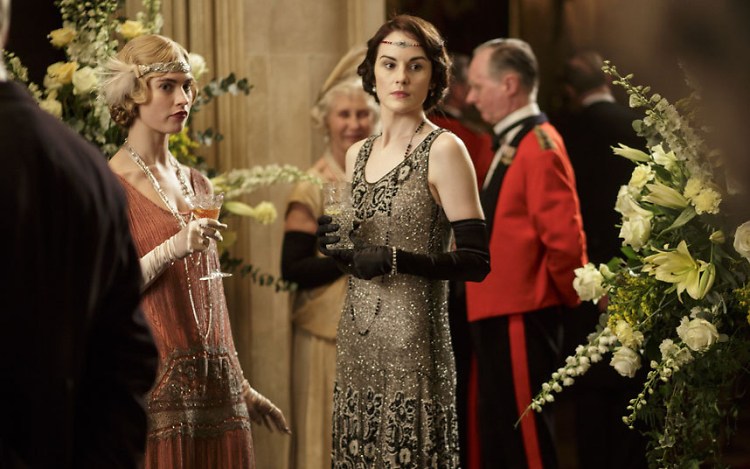
Downton Abbey fans, you might be accustomed to watching your favorite aristocrat sipping a liberal pour of Bordeaux, but the fascinating—and, at times, tragic—role of gin throughout England’s history can hardly be ignored. The origins of gin’s main botanical, juniper, can be traced all the way back to 70 AD, when alcoholic elixirs infused with the berry were commonly used for medicinal purposes (obviously).
Fast forward to 1689, when gin was already gaining serious popularity as King William III of England, a true buzzkill, placed heavy taxes and blockades on imports like French wines as a means of weakening the country’s economy. Joke’s on old Bill, because gin essentially became extremely cheap as a result. From there, everybody and their drunk uncle was trying to make a buck on the new craze—unsurprisingly, this led to some extremely shady distillation practices (think “gin” made from sawdust and turpentine) and, well, people went crazy and died.
Anyway, things eventually got better, and gin did make its way into the hands of the upper crust despite its reputation for ruining England, so here we are. Thanks to Adam von Gootkin, co-founder and CEO of Highclere Castle Gin, you can now wet your whistle with the official gin of Highclere Castle while re-watching all six seasons from the beginning—here’s everything you need to know, according to von Gootkin himself.
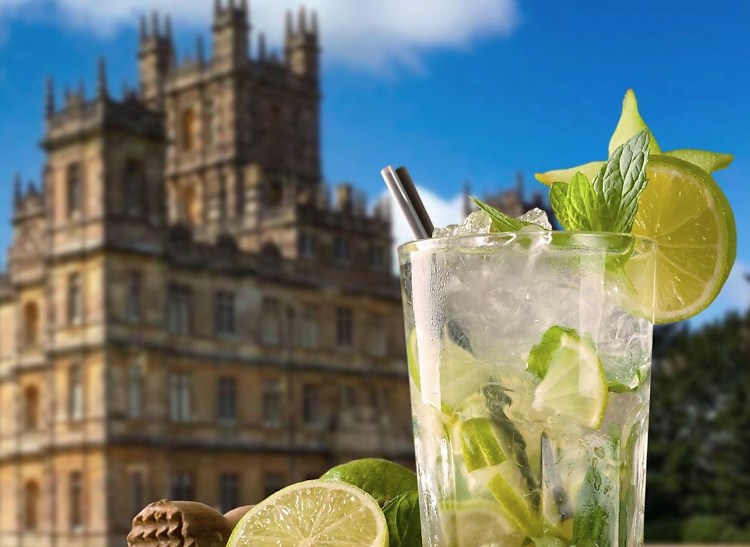
What inspired the idea of creating a gin under the castle name?
After meeting Lord and Lady Carnarvon, I was inspired by their commitment to managing and protecting this multi-generational special place and by telling a genuine story through the spirit of hard work, determination and the liquification of the estate through its botanicals. So many spirit brands that exist are created in marketing boardrooms then mass produced, [and] often their stories are made up. Our vision was to design the perfect gin, both in flavor and in its story. While Highclere Castle is known to millions of fans from Downton Abbey, it has the most beautiful and fascinating legacy in real life. The castle has hosted many of the world's most interesting and famous people through the centuries and Lord and Lady Carnarvon continue the tradition today of maintaining the highest level of hospitality and quality in managing the castle and the estate. Evenings at Highclere still typically begin with gin cocktails and the botanicals used in our gin come from the estate.
Can you share a bit about gin and how it relates to the Downton Abbey story?
Gin has been intertwined with life at Highclere being served to guests for hundreds of years, and the cocktails we promote today have been served at Highclere with the same recipes since the 1920s.
Downton Abbey creator Julian Fellowes is a friend of Lord and Lady Carnarvon’s. He pulled much of his inspiration and anecdotes directly from life at Highclere Castle. You’ll note in the show that the evenings will often begin with cocktails in the Grand Saloon or the Drawing Room before the Crawleys and guests go through to dinner; it is very much like this still at Highclere and Highclere Castle Gin of course plays a key role in expressing the spirit of Highclere and the fruits of its labors in liquid form. These days, after dinner we often retire through the library doors to the terrace where we might enjoy more gin and light some of our award-winning Highclere Castle Cigars.
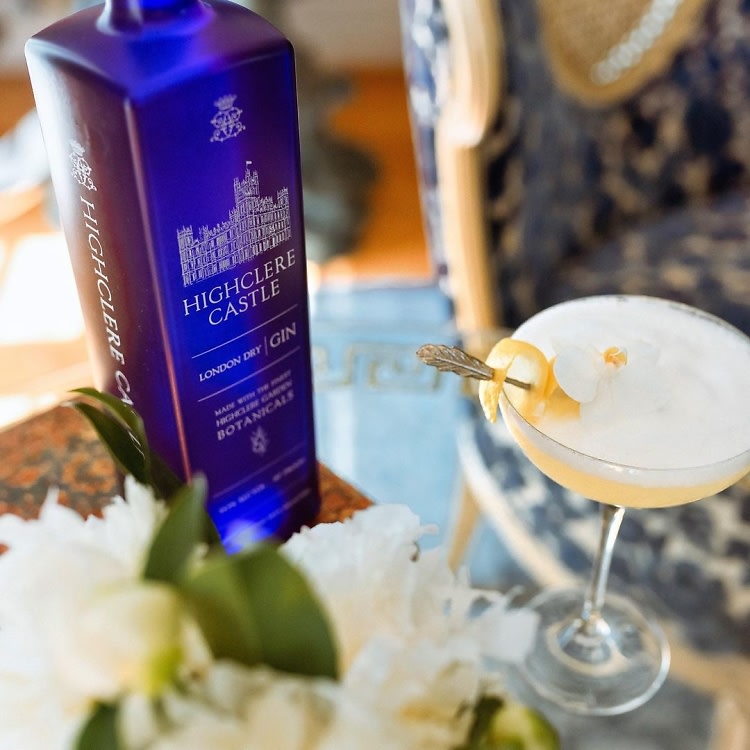
What are the botanicals used in the gin and how were they chosen?
We developed Highclere Castle Gin over a period of a year and a half, taking 25 iterations until it was perfect. Highclere Castle Gin is a citrus-forward gin, using small incredibly fragrant oranges from Highclere’s Victorian era orangery. We also use lime flower and lemon peel. The citrus creates an incredibly approachable gin that is both rich and refreshing. Behind the orangery is the walled monk's garden, its ancient walls lined by lavender beds planted by the Bishop of Winchester in the 9th century. We use this 1000-year-old lavender to integrate a subtle, pretty, floral top note to the gina touch of elegance and refinement. Juniper, of course, is a staple in any gin and creates a crisp cleanness to the gin.
My favorite component is the use of Highclere’s famous oats typically sold as thoroughbred horse feed. This was Lord Carnarvon’s idea and the oils from the oats create a velvet smooth finish that luxuriously covers the palate. We are the first gin to use oats and I believe these oats are what have propelled us to earn 24 international gold awards with multiple point ratings of 96. The base spirit for our gin is English wheat and we are distilled in England’s oldest gin distillery using England’s oldest copper pot gin still.
What's your favorite way to drink your gin?
I’ve been told by sommeliers, craft mixologists, and customers from around the world that Highclere is the first gin you can drink straight on the rocks. As a purist I enjoy it on the rocks in a fine glass with a squeeze of fresh orange and a sprig of rosemary. You have to make sure the ice is good ice! Sometimes I top it with a splash of soda water.
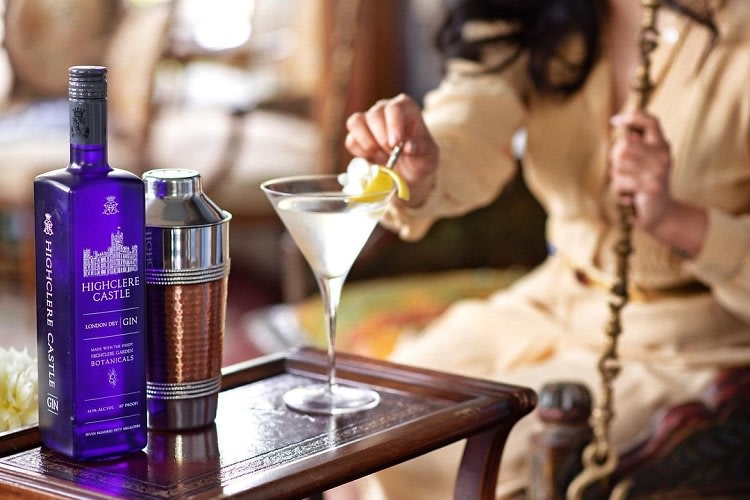
Best gin cocktail of all time, in your opinion?
The classic gin martini. The head butler at Highclere, Luis, has mastered this simple art and the recipe is on our website. It is crucial here to have a high quality dry vermouth, I like mine bone dry because we are a citrus forward gin. It is best served stirred and then strained in a chilled martini glass.
Any fun facts about gin that readers might not know?
Juniper has great health benefits for settling the stomach. There are records of ancient Romans using juniper around Highclere for this medicinal purpose. Also, Highclere Castle Gin contains no sugar and is gluten free. A fun fact about the gin and tonic? The Royal Navy upon arriving in India fought bouts of malaria for which the cure was quinine, referred to as tonic. Lime juice fights scurvy suffered by seamen long at sea. Gin was served popularly as a daily ration regime. Mix all three together and voila, the gin and tonic.
[Photos via Downton Abbey, Highclere Castle Gin]

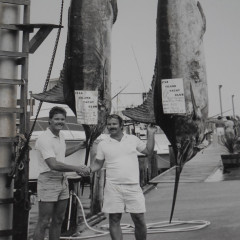
.jpg)
.jpg)
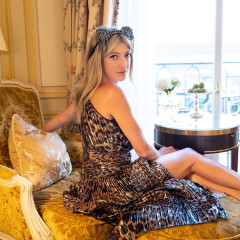
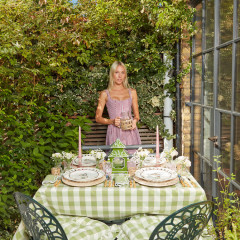
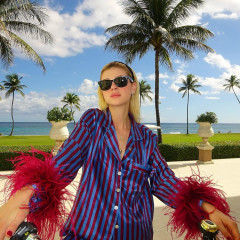
.jpg)
.jpg)
.jpg)

